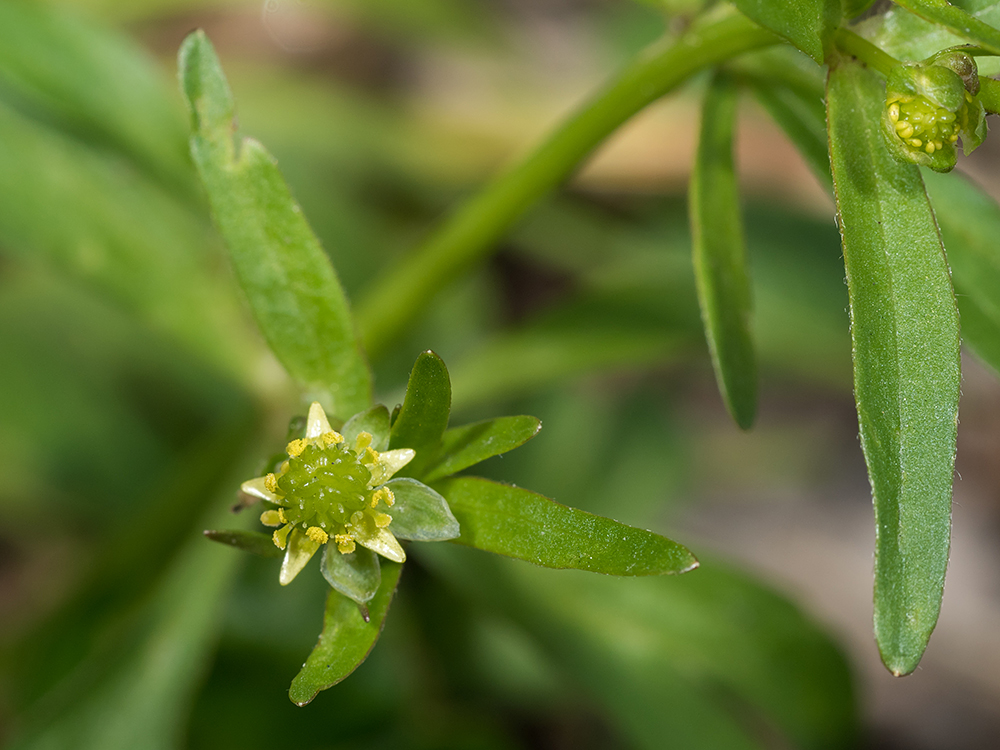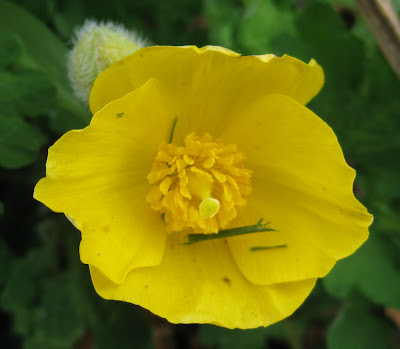

Many Bahamians claim they rarely see the Lignum Vitae. The Lignum Vitae is a protected tree and is also the National Flower of Jamaica. If you are pregnant, avoid drinking tea from the boiled leaves of this plant because it may result in a miscarriage. This plant is used medicinally throughout the country to treat fever, body and joint pains, syphilis, fish poisoning and as an ingredient in nourishing teas. The flowers have 5 petals and an orange fruit. Plants undergo a leafy stage, whereby leaves form and growth of the flowering stem is delayed. In late winter to early spring rhizomes split, elongate, and at their apical buds will grow plants that 40-50 new basal leaves.

This dense, slow growing tree also produces beautiful blueish purple flowers. Tall Buttercup plants have been reported to live from 4 years (in the grasslands of Wales) to 14 years in Russia. Herbs have the potential to become economically important alternate crops for farm diversification in Manitoba. The wood of the Lignum Vitae is said to be the densest and hardest known wood. The Lignum vitae has been used historically for wood working to create furniture, bowling balls, bowls and in boat making. This tree grows as a shrub or a small tree up to ~30ft tall and can be found throughout the Lucayan Archipelago (The Bahamas and the Turks and Caicos Islands), The Caribbean, Central America, South America and Florida. This is to discourage consumption by me, thee and the denizens of nature.

In horseradish the heat one tastes comes from crushing cells that hold two different chemicals apart which are only peppery when they combine. The Lignum Vitae is the National Tree of The Bahamas. Ranunculus bulbosus Buttercups, like horseradish, engage in chemical warfare.


 0 kommentar(er)
0 kommentar(er)
